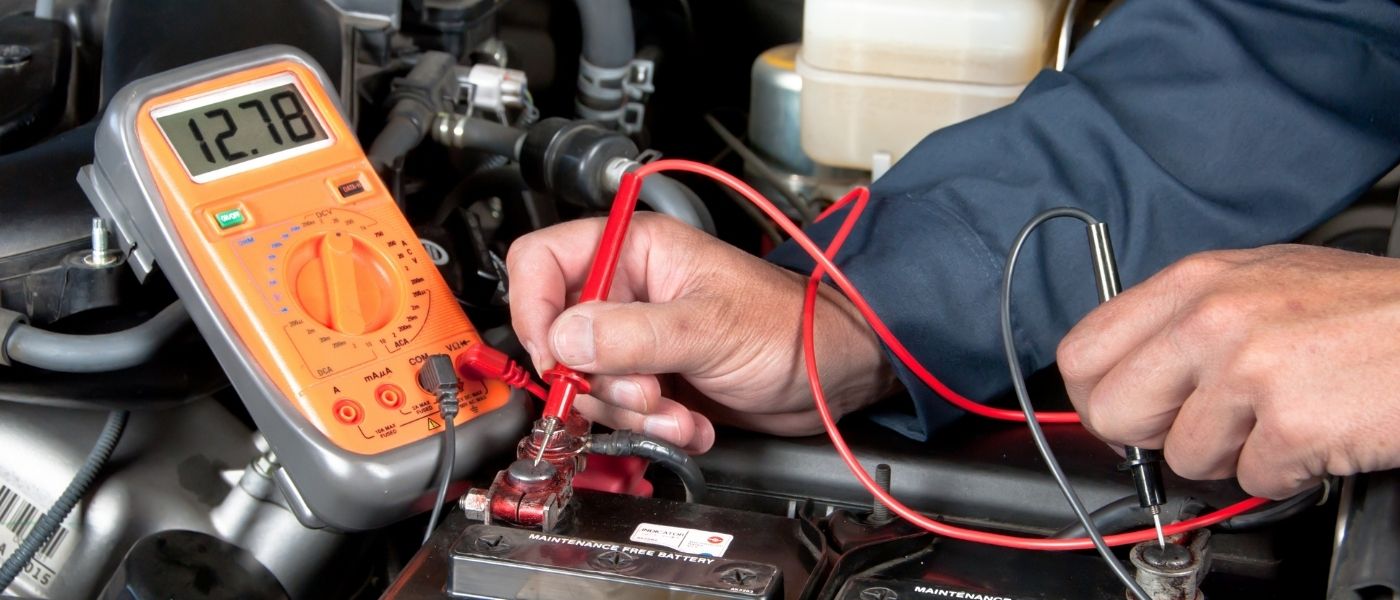Winter is coming. These tips for making sure your vehicle is cold weather-ready help you figure out if you are prepared for when the temperatures drop.
Summer is quickly coming to an end, which means the colder weather is right around the corner. These are some tips for making sure your vehicle is cold weather-ready.
Basic Tune-up
You should prioritize going to your favorite mechanic and guarantee everything in your vehicle is in good standing order. Since you’re already at the mechanics, have them check on the transmission. You probably don’t remember the last time you checked it for anything faulty.
Check the Ratio on the Engine Coolant (Antifreeze)
In the summer and fall, you should have a 50/50 ratio of coolant to water, but in the colder months, the ratio is 60/40.
Change Your Oil
You should get oil changes regularly but paying particular attention to this in the winter is crucial. You may need to change the type of oil you use to a thinner one during the winter. Check your owners’ manual for what viscosity you should use in freezing temperatures.
Check the Battery
When the temperature drops, it means the battery has to work harder to get the vehicle started. If you have the equipment, you can check the battery voltage yourself, or some batteries have built-in voltmeters that can measure the voltage. Check the cables for cracks or breaks, and finally, have your mechanic check the battery fluid.
Keep the Gas Tank Above Half
Cold weather will cause condensation build-up in your gas tank if it’s empty or near empty. This will travel into the fuel line, causing it to freeze.
Check Tires and Pressure
If you have worn out tire treads, it’s best to get them replaced before winter comes—the less slipping and sliding, the better. Tire pressure directly correlates with gas mileage, and you want your vehicle operating at its best during freezing temperatures.
Change Windshield Wipers and Fluid
You should typically replace windshield wipers every six to 12 months. It is best to replace the windshield wiper fluid with washer fluid and an antifreeze solution.
Check Defroster and Heater
Don’t find yourself stuck in colder temperatures with a heater that doesn’t work or your back windshield not defrosting. These repairs are costly, and it’s not safe to operate the vehicle without them.
As the seasons change, remember these tips for making sure your vehicle is cold weather-ready.


